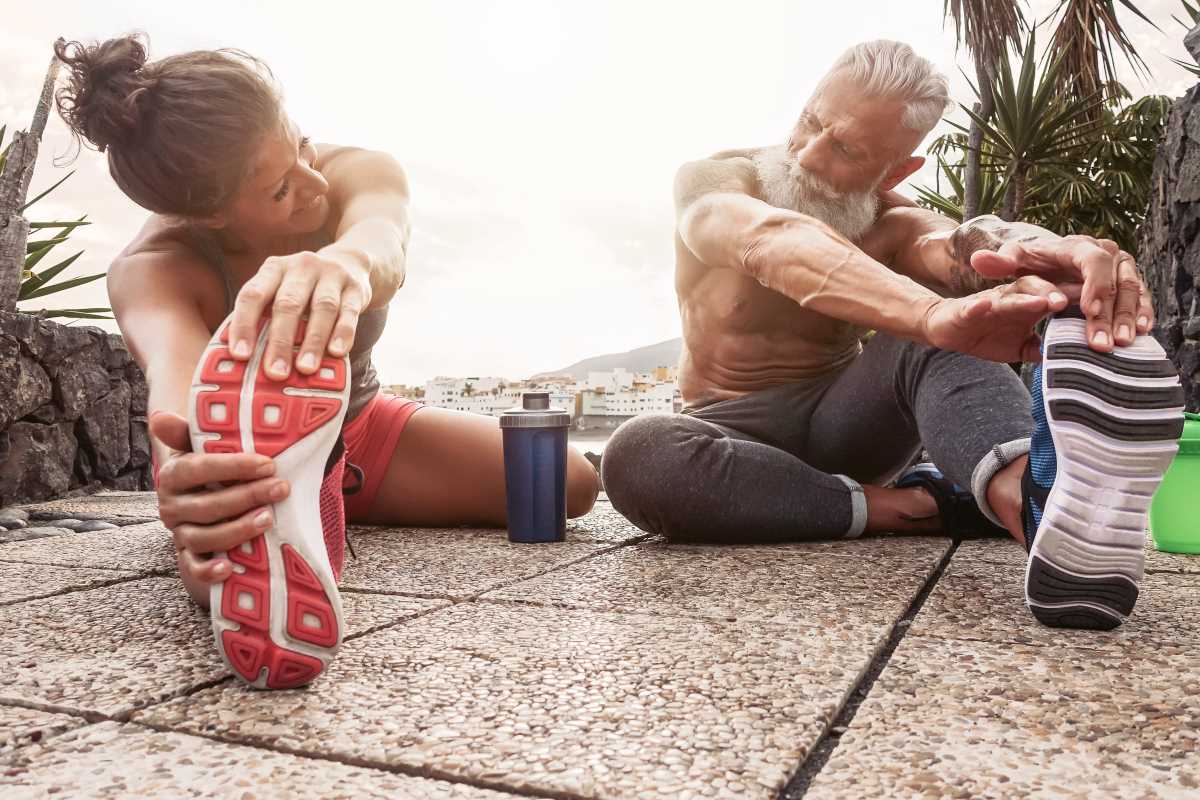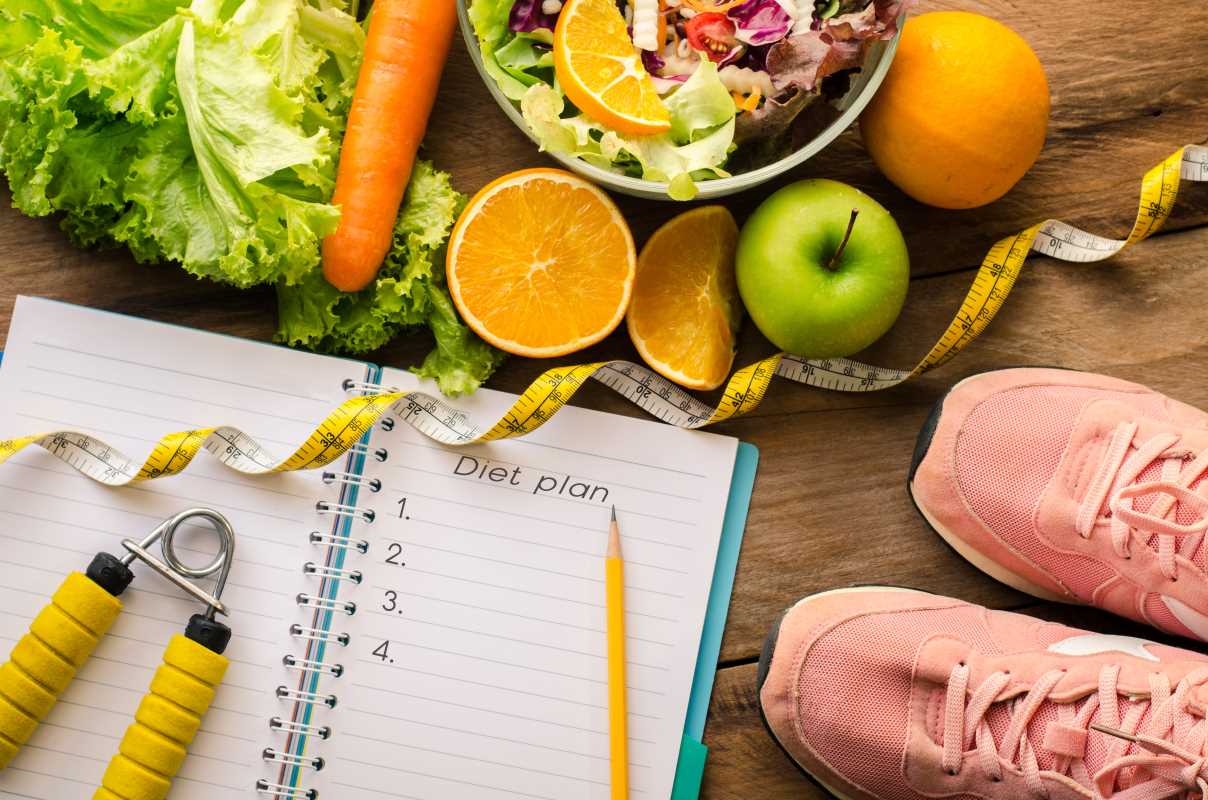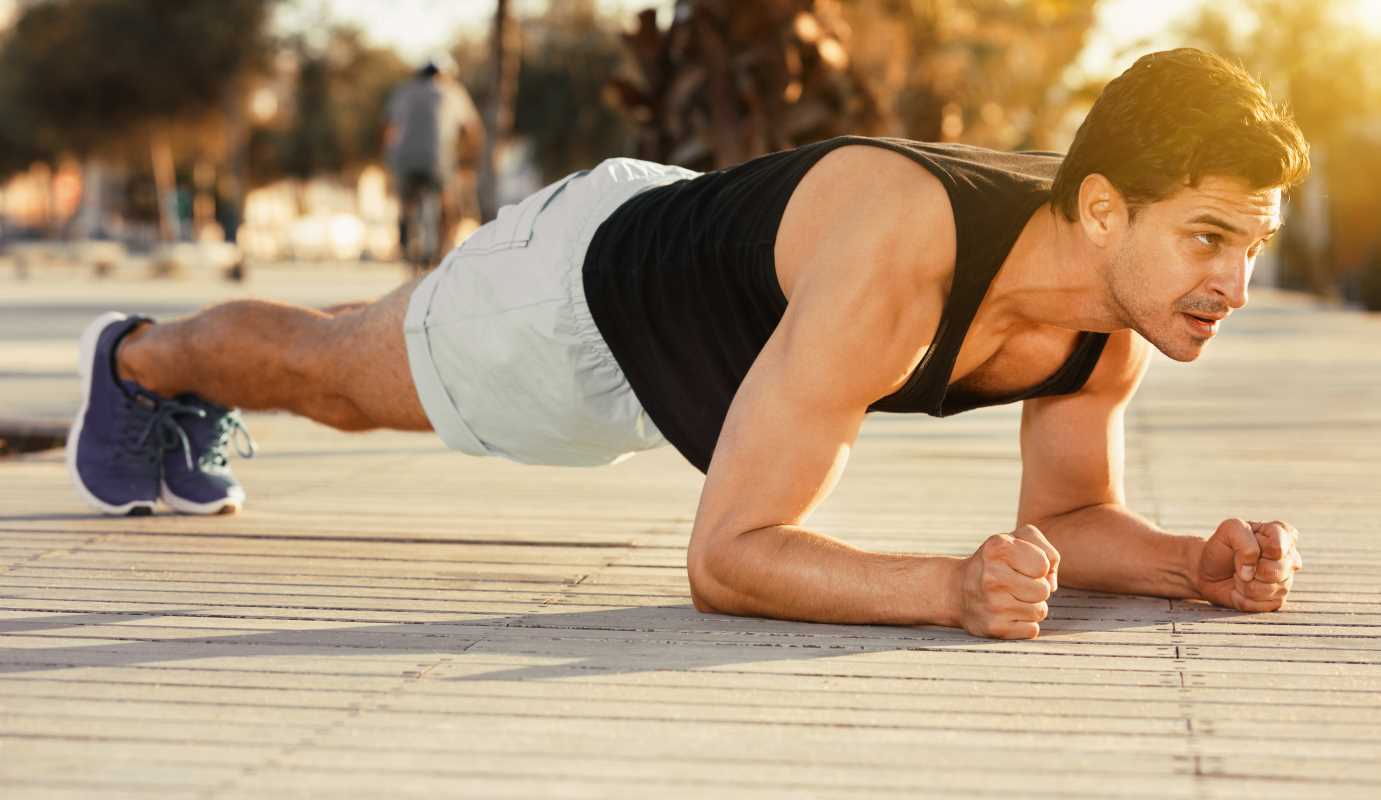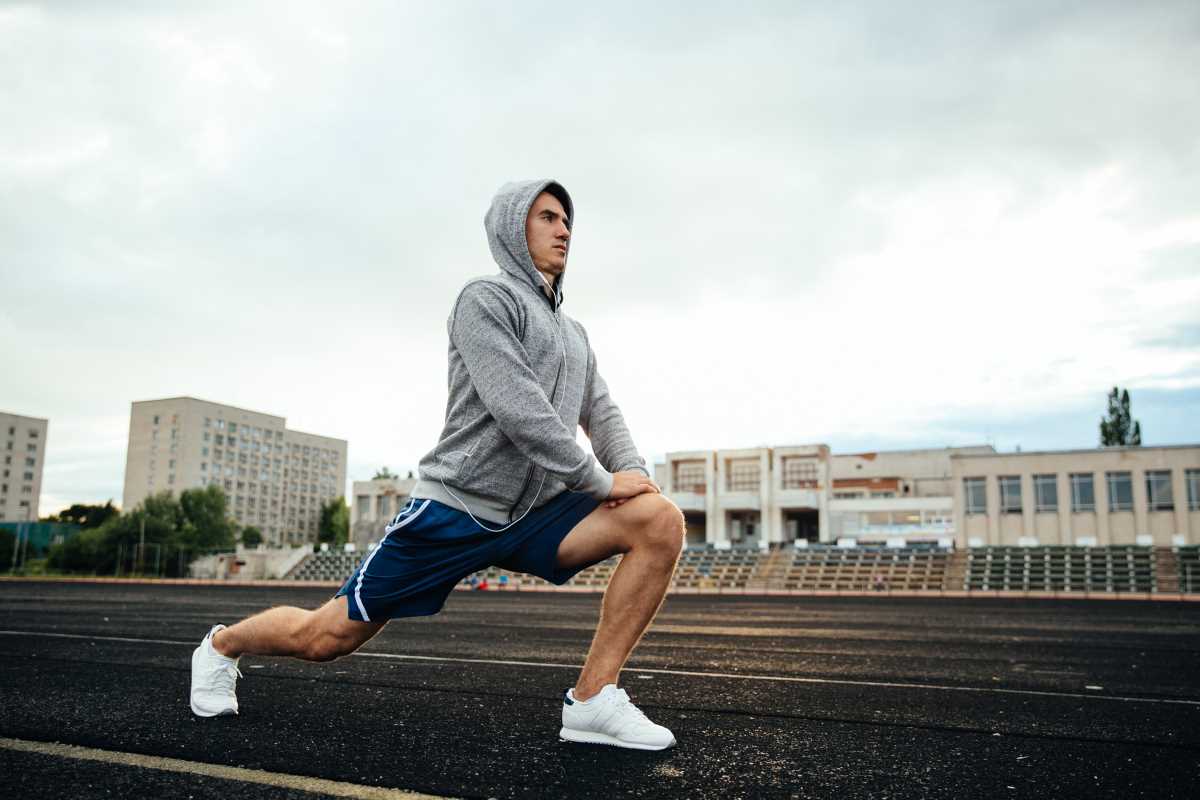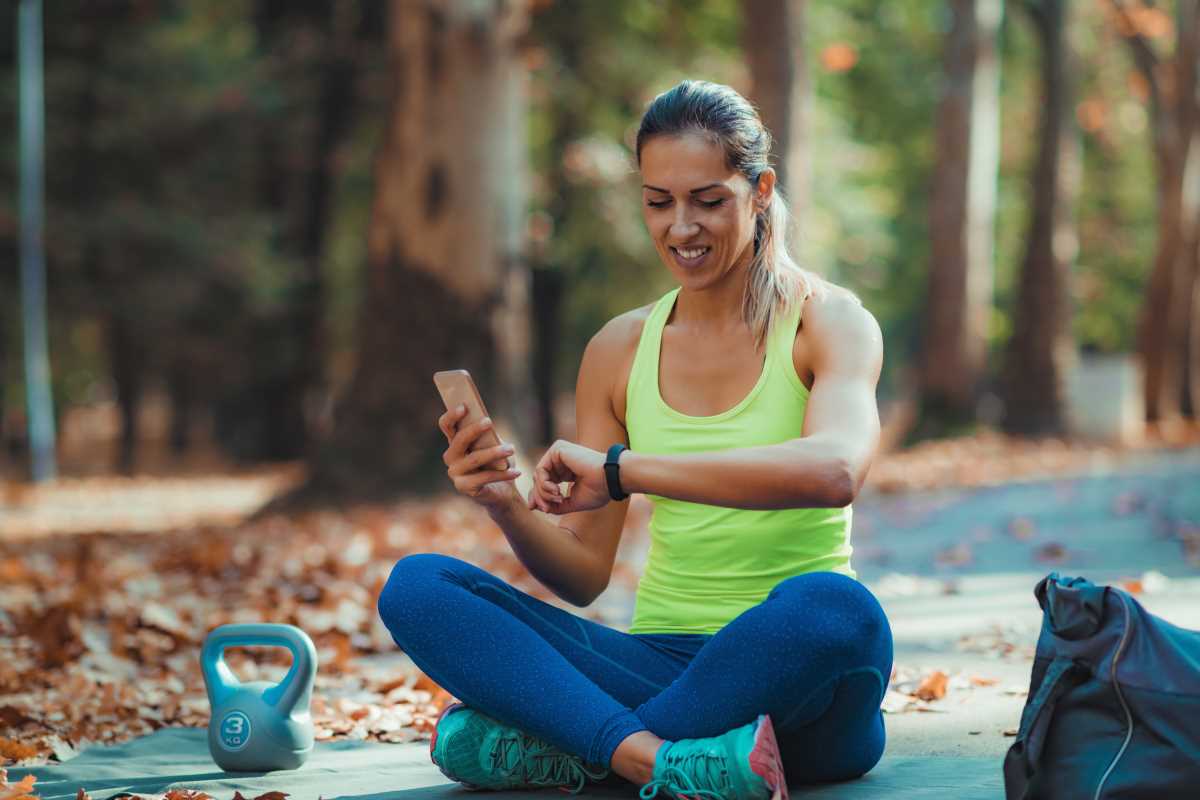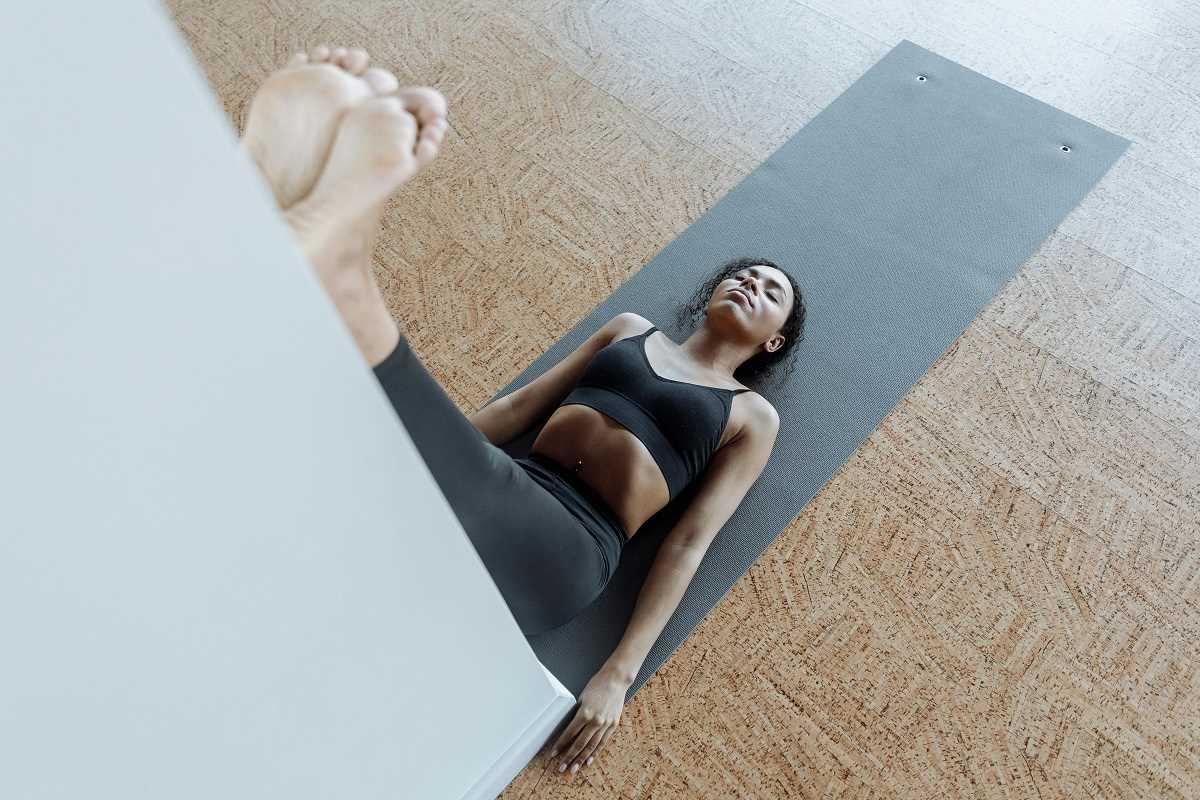Setting up a functional workout area at home can be easier than you think, even if you have limited space and no traditional exercise equipment. With a few everyday items and creative bodyweight exercises, you can build strength throughout your entire body. This guide explains how to make the most of a small space, highlights the benefits of using minimal gear, and shows how a simple setup can encourage you to try new movements. By following these steps, you can create an effective exercise routine and continue to challenge yourself, all without the need for bulky machines or expensive tools.
- Learn to see your home’s hidden workout potential
- Pinpoint why minimal gear can drive huge gains
- Grab precise guidance for bodyweight and makeshift tools
- Set up a routine that adapts as you grow stronger
Basic Ideas That Turn Small Spaces into Workout Areas
Turning an unused nook into a strength corner begins with identifying a clear triangle of floor space. Aim for just three feet by three feet—enough room to lunge, plank, and hinge safely. This method keeps your workout contained, prevents equipment from overtaking the living area, and shows that any spot, no matter how tight, can help you build a consistent routine.
Next, find high-contact surfaces: a sturdy chair, a countertop ledge, and the floor itself. These serve as anchors for push movements, elevated planks, and hip hinges. Using household structures means you avoid expensive equipment and create a training station you actually use rather than stash away for “someday.”
Less Equipment, More Results: A New Look at Minimal-Gear Training
When you stop relying on machines, your body learns to engage multiple muscles at once. Balancing on one leg while raising your knee to your elbow forces tiny stabilizers in the hips and core to work. That extra instability activates deep fibers that heavy machines often overlook, so you develop practical power you use daily.
Simple setups also encourage progress through variations, not just by adding plates. Think of turning a standard push-up into a decline by placing your feet on a low bench or stacking books. That small increase in height changes leverage instead of adding external weight. This kind of creativity helps you improve steadily without expensive gear upgrades.
Effective Bodyweight Exercises You Can Do Right Now
1. Bodyweight Squat Variation
- Goal/Benefit: Strengthens quads, glutes, and core stability.
- Steps:
- Stand with feet hip-width apart.
- Sit back until thighs are parallel to the ground.
- Drive through heels to return to standing.
- Cost/Availability: Free; requires only clear floor space.
- Insider Tip: Pause at the bottom for 2 seconds to maximize tension.
2. Elevated Push-Up Sequence
- Goal/Benefit: Works chest, triceps, and shoulders while easing wrist strain.
- Steps:
- Place hands on a stable chair seat.
- Keep body straight, lower chest toward chair.
- Push back up until arms almost straighten.
- Cost/Availability: Free; use a chair or bench.
- Insider Tip: Rotate feet outward slightly to engage inner chest fibers.
3. Single-Leg Romanian Deadlift
- Goal/Benefit: Builds hamstrings, glutes, and balance strength.
- Steps:
- Stand on one leg and hinge at the hips, extending the other leg back.
- Keep standing knee slightly bent; lower torso until parallel to floor.
- Squeeze glute to return to standing.
- Cost/Availability: Free; requires only space.
- Insider Tip: Reach forward with the opposite hand to deepen stretch and improve balance.
4. Countertop Tricep Dip
- Goal/Benefit: Strengthens triceps and upper chest using furniture.
- Steps:
- Grip countertop edge with fingers facing you.
- Walk feet forward until arms support weight.
- Lower hips by bending elbows to ~90°.
- Cost/Availability: Free; use countertop or sturdy desk.
- Insider Tip: Keep elbows close to sides and hips slightly forward for best tricep activation.
5. Wall Sit with Calf Raise
- Goal/Benefit: Targets quads, calves, and core.
- Steps:
- Slide down wall until knees form right angles.
- Hold this squat position.
- Lift heels up and down to work calves.
- Cost/Availability: Free; requires just a wall.
- Insider Tip: Adjust foot width to shift emphasis across different quad muscles.
Practicing these exercises in a sequence—performing them back-to-back without rest—raises your heart rate and makes your muscles adapt. Combine a squat series with dips, rest for 60 seconds, then do single-leg hinges and wall sits. This circuit builds strength, endurance, and stability all at once.
Improve Your Results with Smart Changes
Keep track of your repetitions and the time you spend under tension rather than just the weight you lift. Noting that you held wall sits for 30 seconds last week and reaching 40 seconds today shows real strength progress. Use a notebook or an app to record these personal metrics so you can see your improvements without needing a scale or barbell.
Every two weeks, replace at least one exercise with a variation that changes the movement plane. For example, switch from incline push-ups to decline push-ups by placing your feet on a chair. Change bodyweight squats into narrow or sumo stances. These small adjustments keep your nervous system engaged and encourage continual improvement without cluttering your corner with new equipment.
With your space organized, a minimalist approach, and the right tools, you can steadily build strength each week. Stay consistent and make thoughtful adjustments to achieve your goals.
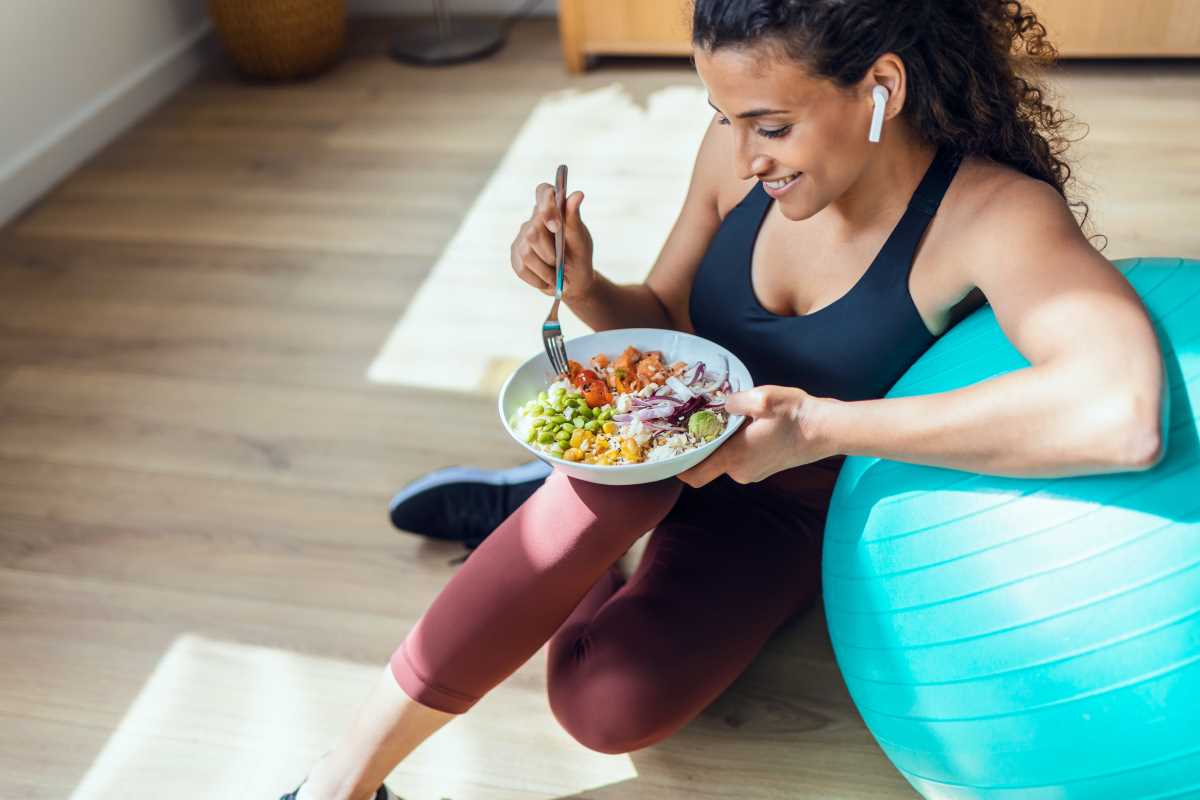 (Image via
(Image via
